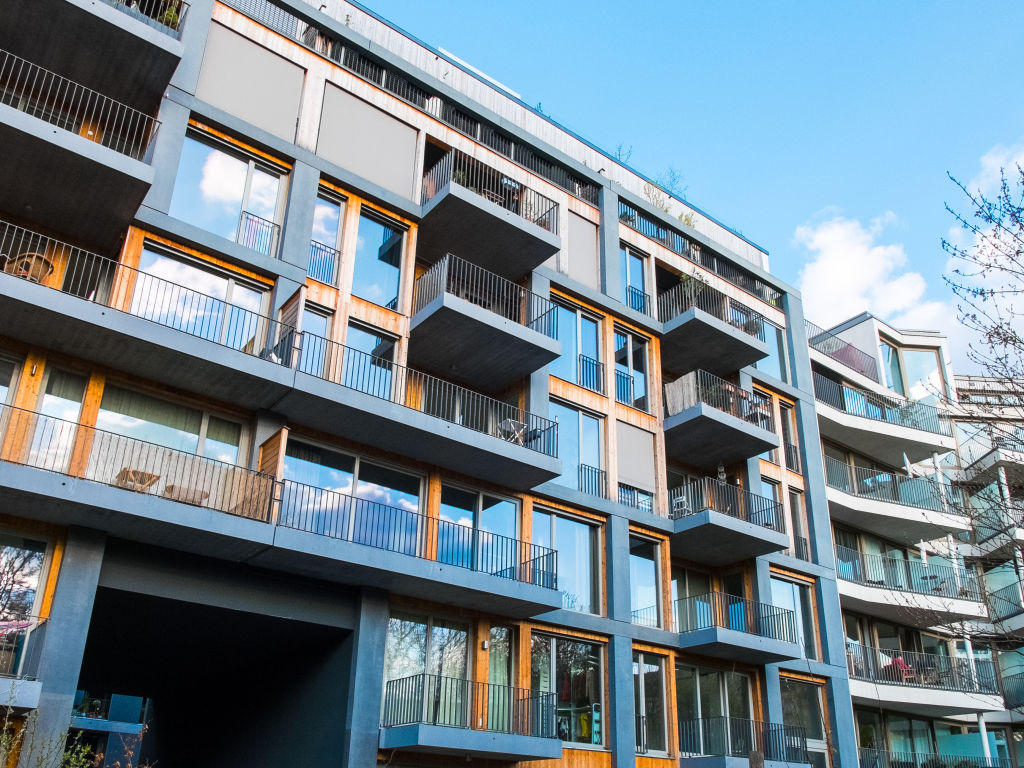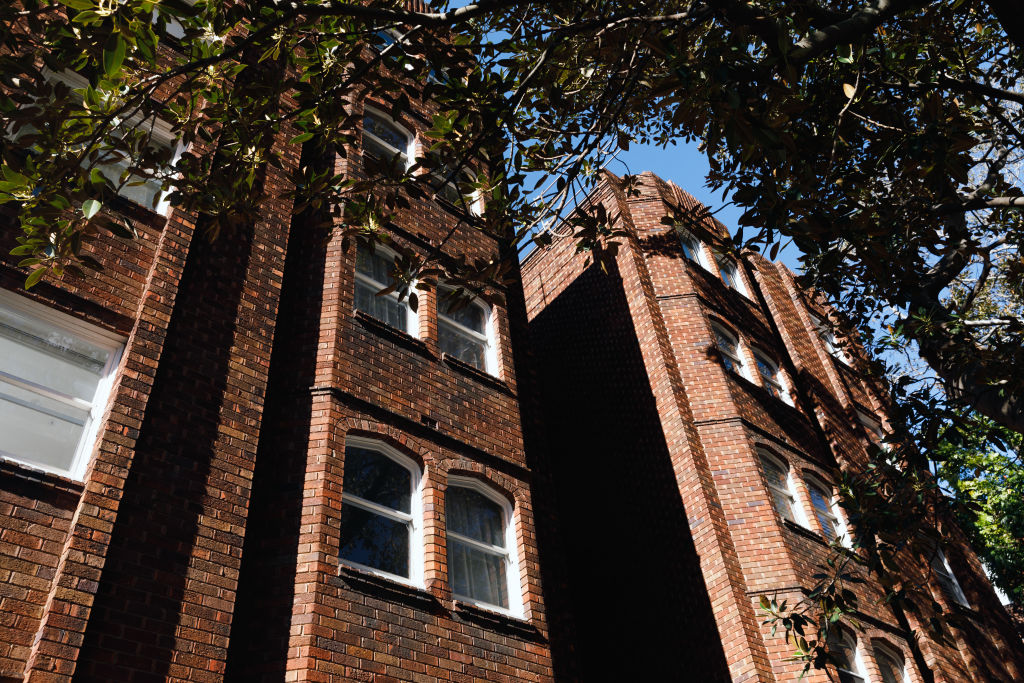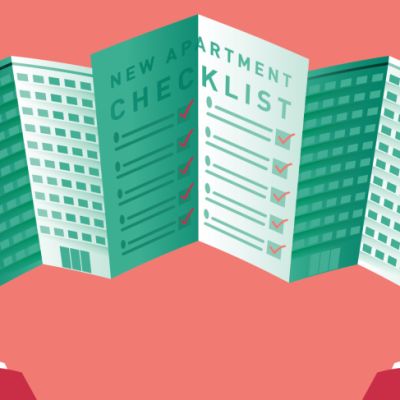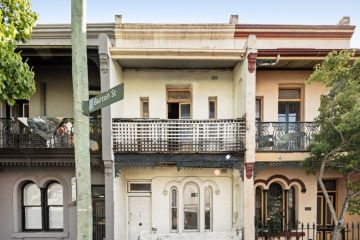How to tell whether an apartment building is financially healthy before you buy in

Apartment buyers tend to focus on the location, layout, views and interior fit-out of the property they’re interested in.
What’s arguably more important is the financial health of the owners corporation, and the condition of the building itself.
Low strata levies are often touted as a selling point, but in many cases should be a red flag for buyers.
If a strata scheme is financially healthy, ongoing maintenance and major repairs can be actioned without putting owners out of pocket. But if a scheme is underfunded, the building poorly maintained or riddled with defects, buyers can expect to pay special levies in the future, potentially costing thousands of dollars.
How to investigate an apartment complex
A strata report can reveal both physical and financial problems of an apartment building, including inadequate maintenance funds and building defects.
Also known as a strata search, this process involves an investigator trawling through the documents and correspondence related to a strata scheme and highlighting potential issues for buyers.
Reports generally cost buyers a few hundred dollars, but may be cheaper if a report on the scheme has been recently completed.

Strata Reports Victoria director Jane Giacobbe says investigators primarily focus on the financial health of the strata scheme, as well as evidence of building defects such as water leaks and non-compliant cladding.
“We go back a number of years through the budgets that were proposed and accepted,” she says. “We see the day-to-day expenses. Has there been any increased maintenance work? What has caused any defects? Was there any under-budgeting?”
Investigators also check whether the insured value of the building matches the most recent valuation, and whether any owners are continually in arrears.

Forgoing a strata report can be risky, because vendors may not be forthcoming with vital information, according to Giacobbe.
“The vendor might not disclose to you there’s been a whole lot of water penetration issues or essential services issues they’re trying to get on top of,” she says. “Essential services and water penetration are as high up there as the cladding issue.”
The extent of information that can be gleaned from a strata report may be limited. Financial statements and minutes from annual general meetings are easier to obtain than email correspondence between strata committee members, which could reveal whether problems are being actioned or ignored. “If it’s not in that information provided, it’s very hard to get it,” Giacobbe says.
Risks of underfunded strata schemes

Underfunded schemes can cause headaches for future buyers who inherit the obligation and cost of maintaining the building.
“When people buy an apartment, it doesn’t cross their mind that they’re buying fire sprinklers and passenger lifts,” says WT Partnership associate director Adam Adkin, who specialises in facilities management.
The cost of maintaining and replacing items like these is detailed in a 10-year maintenance plan – a requirement for all NSW owners corporations, and Victorian schemes with more than 100 lots or $200,000 in total fees each year.
Adkin says owners corporations often limit the scope of maintenance plans to keep quarterly levies low.
“Owners corporations look at items beyond the time they’re interested in the building and have that excluded from the plan,” Adkin says.
“When people buy an apartment, it doesn’t cross their mind that they’re buying fire sprinklers and passenger lifts.”
Failure to plan for future costs should be a major red flag for buyers, according to John Jackson, strata records investigator at Jackson Strata. “You don’t want to see that the owners corporation is intentionally not following the budgetary recommendations from a capital works fund plan,” he says. “That’s generally a sign that there may be a dysfunctional committee.
“They want to believe they are somehow avoiding the inevitable cost. If that’s the case, there may be a large special levy for works that haven’t been properly budgeted [for].”

Quarterly levies vary between buildings, but Adkin says strata fees of $4000 to $5000 per year can indicate an owners corporation is adequately planning for the future.
“If any body corporate fees are lower than that, our advice is that it’s probably underfunded,” he says.
While low fees may seem appealing to buyers, Adkin says the balance sheet of a strata scheme will become a bigger selling point as the building ages. “If your maintenance fund is healthier, people will come around to the idea that that’s the better apartment to buy.”
We recommend
We thought you might like
States
Capital Cities
Capital Cities - Rentals
Popular Areas
Allhomes
More










